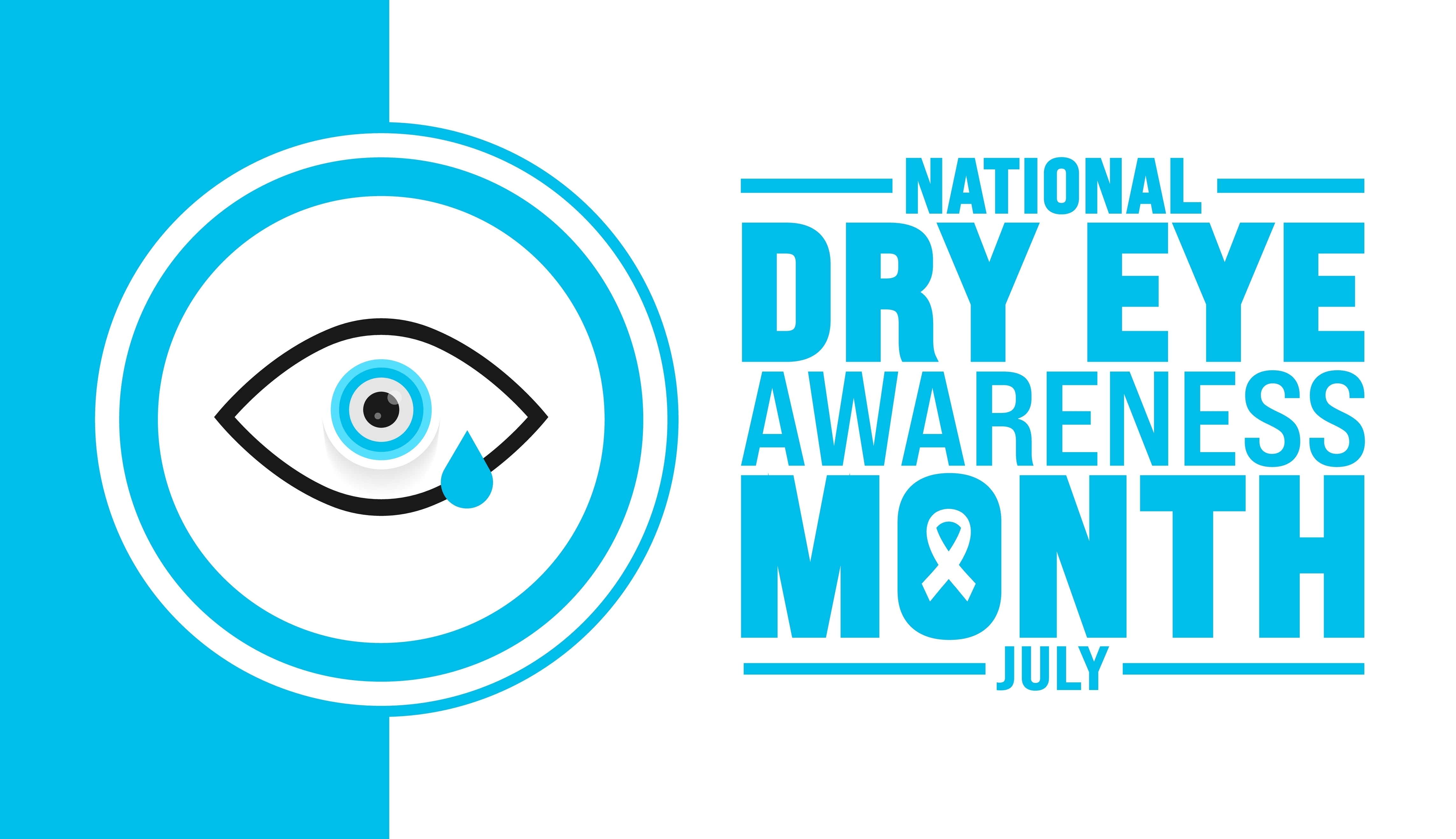
Whether you're tired of foggy glasses, craving a more natural look, or seeking freedom during sports and outdoor activities, contact lenses might be your perfect vision solution. At Luminous Vision Eyecare, we specialize in helping you find the right lenses for your lifestyle, comfort, and eye health.
🌟 Why Choose Contact Lenses?
Contact lenses offer a range of benefits that go beyond just clear vision:
- Unobstructed View: No frames to block your peripheral vision.
- Active Lifestyle Friendly: Ideal for sports, workouts, and outdoor adventures.
- Style Freedom: Wear sunglasses without prescription limitations.
- Confidence Boost: Enjoy a natural appearance without glasses.
🧠 Types of Contact Lenses We Offer
At Luminous Vision Eyecare, we provide a wide variety of lenses to suit every need:
| Type of Lens | Best For | Replacement Schedule |
|---|---|---|
| Daily Disposables | Convenience & hygiene | Every day |
| Monthly Lenses | Cost-effective & durable | Every 30 days |
| Toric Lenses | Astigmatism correction | Varies |
| Multifocal Lenses | Presbyopia & age-related changes | Varies |
| Colored Lenses | Cosmetic enhancement | Daily or monthly |
🧪 Personalized Contact Lens Fitting
Your eyes are unique—and your lenses should be too. Our expert optometrists perform:
- Comprehensive Eye Exams
- Corneal Measurements
- Tear Film Evaluation
- Trial Lens Fitting
- We ensure your lenses fit comfortably, provide sharp vision, and support long-term eye health.
💡 Tips for Contact Lens Care
To keep your eyes healthy and your vision crisp:
- Wash hands before handling lenses
- Use recommended cleaning solutions
- Never sleep in lenses unless approved
- Replace lenses as directed
- Schedule regular eye checkups
📍 Visit Luminous Vision Eyecare Today
Located in Coconut Creek, Luminous Vision Eyecare is your trusted destination for personalized contact lens care. Whether you're a first-time wearer or looking to upgrade your current lenses, our team is here to guide you every step of the way.
👉 Book your contact lens consultation today and experience the freedom of clear, comfortable vision.







